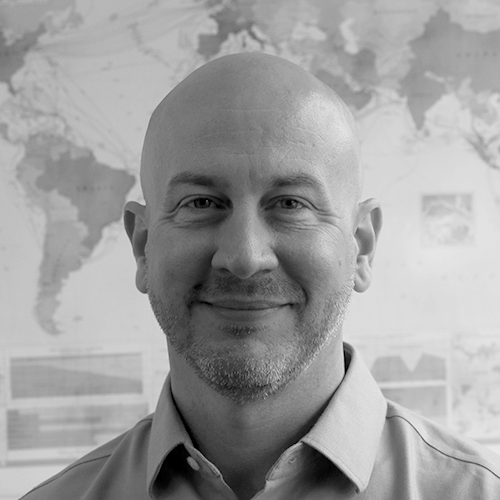Last week, I joined Ciena’s Brian Lavallée and Colt’s Laurent Taieb for a live webinar all about submarine cable route diversity and sustainability.
For my part, I covered why diversity matters for submarine cables—a very timely topic in light of recent events around the world.
Perhaps you’ve heard about the multiple cable faults in the Red Sea in February or off of West Africa in March? There were also faults off of East Africa earlier this month.
With so many multiple fault incidents happening globally, diversity is vital to ensuring continuity of service.
With so many multiple fault incidents happening globally, diversity is vital to ensuring continuity of service.
Now, you might be wondering: how do we increase diversity?
Submarine cable diversity can be seen in several different forms: diversity on a single route, diversity of geographic route, and diversity of cable landing stations.
Diversity on a Single Route
Network operators may use different cables along the same route. They can diversify further with cables that have different owners.
Let’s look at some examples.
Diversity on the Trans-Atlantic Route
There have been big changes on the trans-Atlantic route within the last 10 years or so.
The top map in the figure below, pre-2015, reveals a heavy concentration of cables focused on the New York/New Jersey area. On the European side, we see a heavy focus on the UK and northwestern France.
There are a few exceptions, of course, but these areas are where cables were generally focused before 2015.

Source: © 2024 TeleGeography
Going forward to today, plus the cables planned through 2026, we see a broad distribution of cables from Canada to the southeastern United States. There are multiple new landing sites in Virginia Beach and Myrtle Beach.
Similarly, on the European side, we see a broad distribution from Scandinavia to the Iberian Peninsula, with lots of new landings in southwestern France, northern Spain, western Ireland, Portugal, and Norway.
Diversity on the Trans-Pacific Route
In the other major ocean, the Pacific, a similar trend is happening.
Looking at pre-2017, there is a heavy focus on cables going to Japan. On the U.S. side, things are a bit more diverse, but mainly focused on Oregon and southern California.

Source: © 2024 TeleGeography
The bottom map, 2017–2026, shows that lots of cables are still going to Japan, but also to Singapore, the Philippines, Taiwan, and Indonesia. Much more diversity is happening on the Asian side.
On the North American side, along with a new cable landing in northern California (Eureka), we now see cables going to Canada and Mexico.
Diversity of Geographic Route
Diversity can also be achieved with cables that go in different geographical directions.
For example, according to our data, cables in India are split roughly 50/50 between heading west toward Europe and east toward Singapore and the rest of Asia.

Source: © 2024 TeleGeography
Australia is an interesting case.
For years, it was heavily focused on cables going east toward North America. That’s been changing over the last several years as it increases diversity with new cables heading north, and even a cable heading west.

Source: © 2024 TeleGeography
Now, one key thing to bear in mind that often gets lost in this discussion: connectivity is not capacity.
One key thing to bear in mind that often gets lost in this discussion: connectivity is not capacity.
Don’t be fooled; cable maps show connectivity, not how capacity is deployed.
The Middle East has substantial cable connectivity in all directions, but 84% of the region’s used international capacity is linked to Europe.

Source: © 2024 TeleGeography
Diversity of Cable Landing Stations
Finally, network operators may use cables that come into the same general location but into different cable stations. They can also use cable stations with different owners.
Lots of cables land in Jeddah, Saudi Arabia. While this may seem like a bad idea—a single point of failure—that's not the case.

Source: © 2024 TeleGeography
There are actually several different cable stations with different owners within Jeddah. So there really is a lot of diversity, even though you may see only one general area on the map.

Source: © 2024 TeleGeography
At TeleGeography, we are now adding cable landing station information to our Transport Networks Research Service submarine cable profiles.
Where available, this includes:
- Station name
- Station owner
- Other cables in the same station
We frequently update and expand this data set, so if you are a Transport Networks subscriber, be sure to check back often for the latest version.
Alan Mauldin
Alan Mauldin is a Research Director at TeleGeography. He manages the company’s infrastructure research group, focusing primarily on submarine cables, terrestrial networks, international Internet infrastructure, and bandwidth demand modeling. He also advises clients with due diligence analysis, feasibility studies, and business plan development for projects around the world. Alan speaks frequently about the global network industry at a wide range of conferences, including PTC, Submarine Networks World, and SubOptic.




